From Junk to Funky Functionality
We gather in a cluster around my bench. I twang an old saw as everyone finds a stool to perch on. Suspended in a sense of apprehension new learning in class always has, I break the ice with a welcoming nod and a “Welcome to the inner sanctum of my workshop.” Smiles break out and someone comments, “I’ve seen this so many times on video and here I am inside.” There is no predicting occupations; an accountant and an engineer. A train driver stood next to a just retired railway signalman. One says to the other, “We’ve probably sworn at one another in the past.” A painter and decorator works near a vineyard owner from California and there is the usual meltdown were differences disappear and what they came for totally unites them. Saws and planes in rusty condition lay destined for new life. Oil and wet n dry, flat and three-sided files, diamond plates and more equipment all support the work ahead. Before long there is an intensity in the atmosphere as the first filing tops off the teeth and the files strike at the rusted gullets.
I am of course taken way back fifty years to my first sharpening when George, my mentoring craftsman, said, “You sharpen the back of the tooth that’s leaning away from you.” It wasn’t until 20 years ;later I realised that whereas that was true, I was actually sharpening the front of the teeth leaning towards me with the same stroke. He just forgot to tell me that bit. At the bench, mine, I am able to explain about the light on the topped teeth, how we can gauge the degree of misshape by the amount of width reflecting from the now flat tops. They watch me as I move the file into the face of one tooth and reshape it to better symmetry. Moving along the saw, which has badly shaped teeth, the shape of each one becomes uniform. The saw I was sharpening turns out to have super-hard teeth (unfortunately) so it takes me a little longer to get through the badly work and poorly shaped example. But when I was done it sliced through the wood like a hot knife through butter. Everyone tried it and they were amazed.
We fixed up the two saws I provided, which were a handsaw and a smaller 10″ or 12″ tenon saw. Whereas we could have provided new saws for the exercises, it was the misshapen teeth that gave the added dimension they needed to learn to reshape the teeth as well. The profile of the teeth determines many things. It affects the aggression of the saw and the depth of cut too.
On then to the planes in the afternoon. We allowed about equal time for both saws and planes and it took every minute of the day to progress both tool types to become usable tools. Of course I stuck to me ever faithful #3 and #4 Bailey-pattern models as these are likely long term to be the models that will survive the test of time. With sole flattening and iron initiation, we had planes swiping of shavings after about an hour on the restoration work. I think everyone had success with both tool types and many of the students had never used a sharp plane before.
It is hard to evaluate what a class like this means to everyone. Judging by the way people left I would say it seemed 100% successful. But they will fill out their evaluations of us and we can make changes to improve any area we may not have thought of.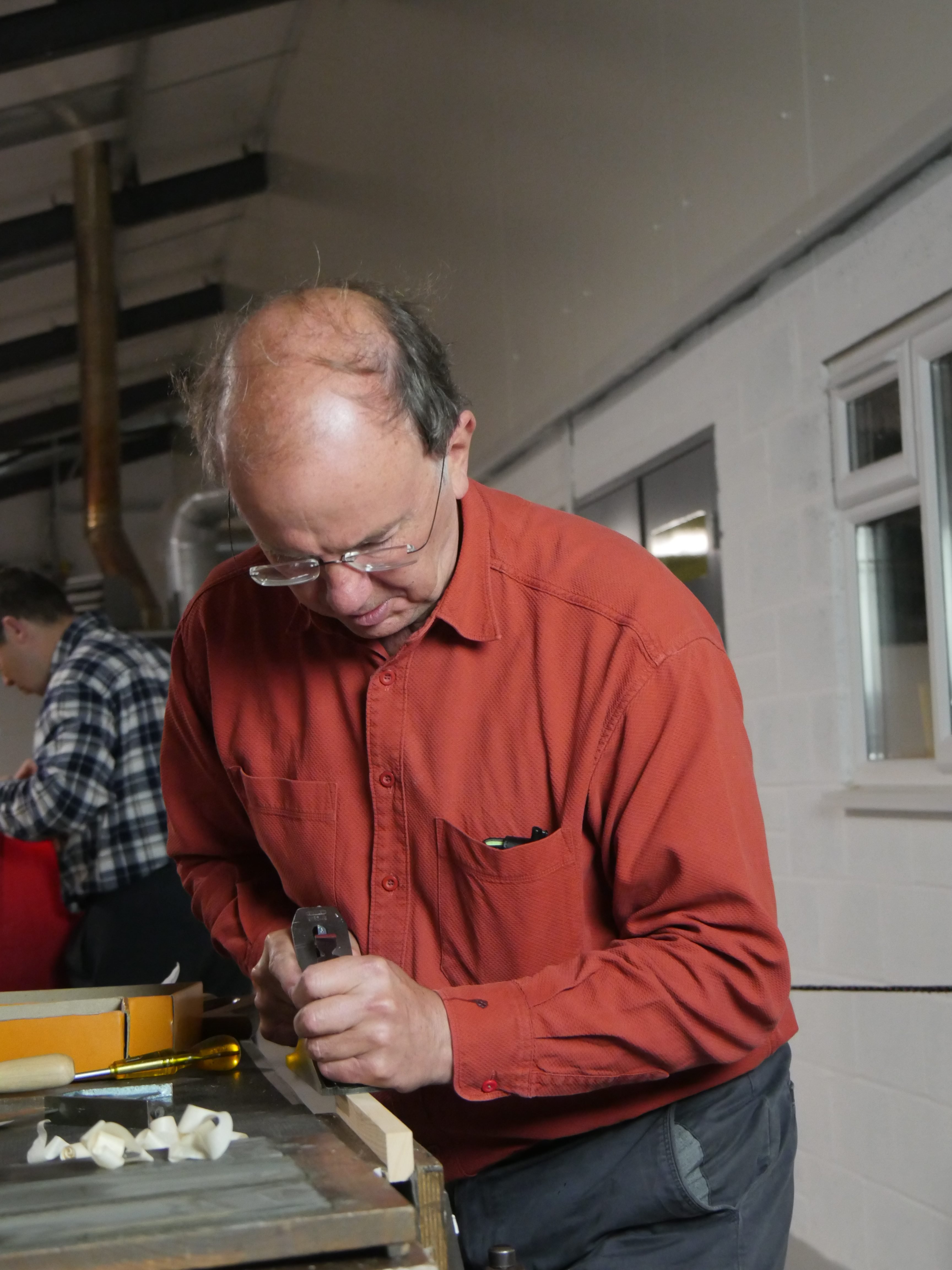


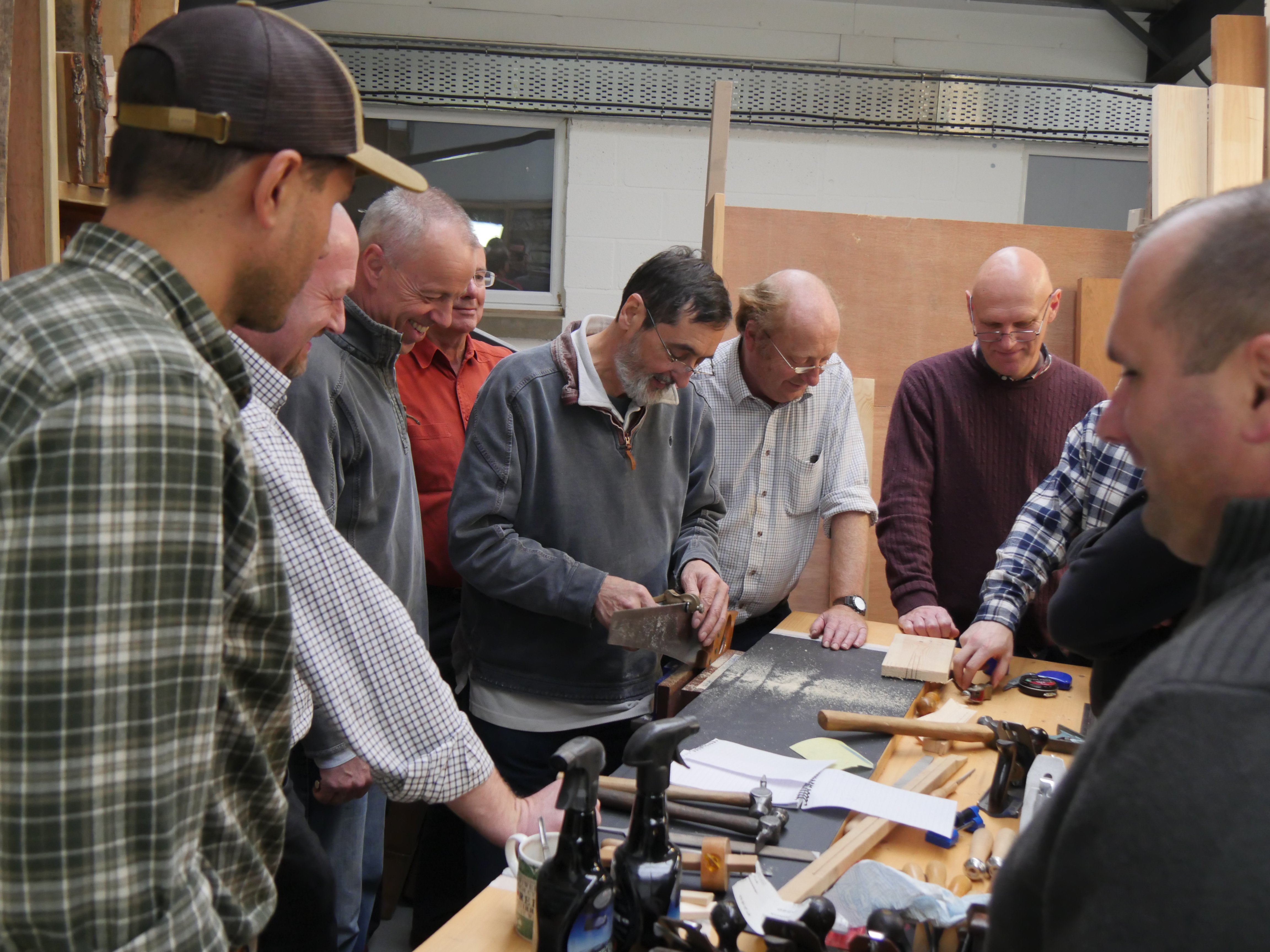
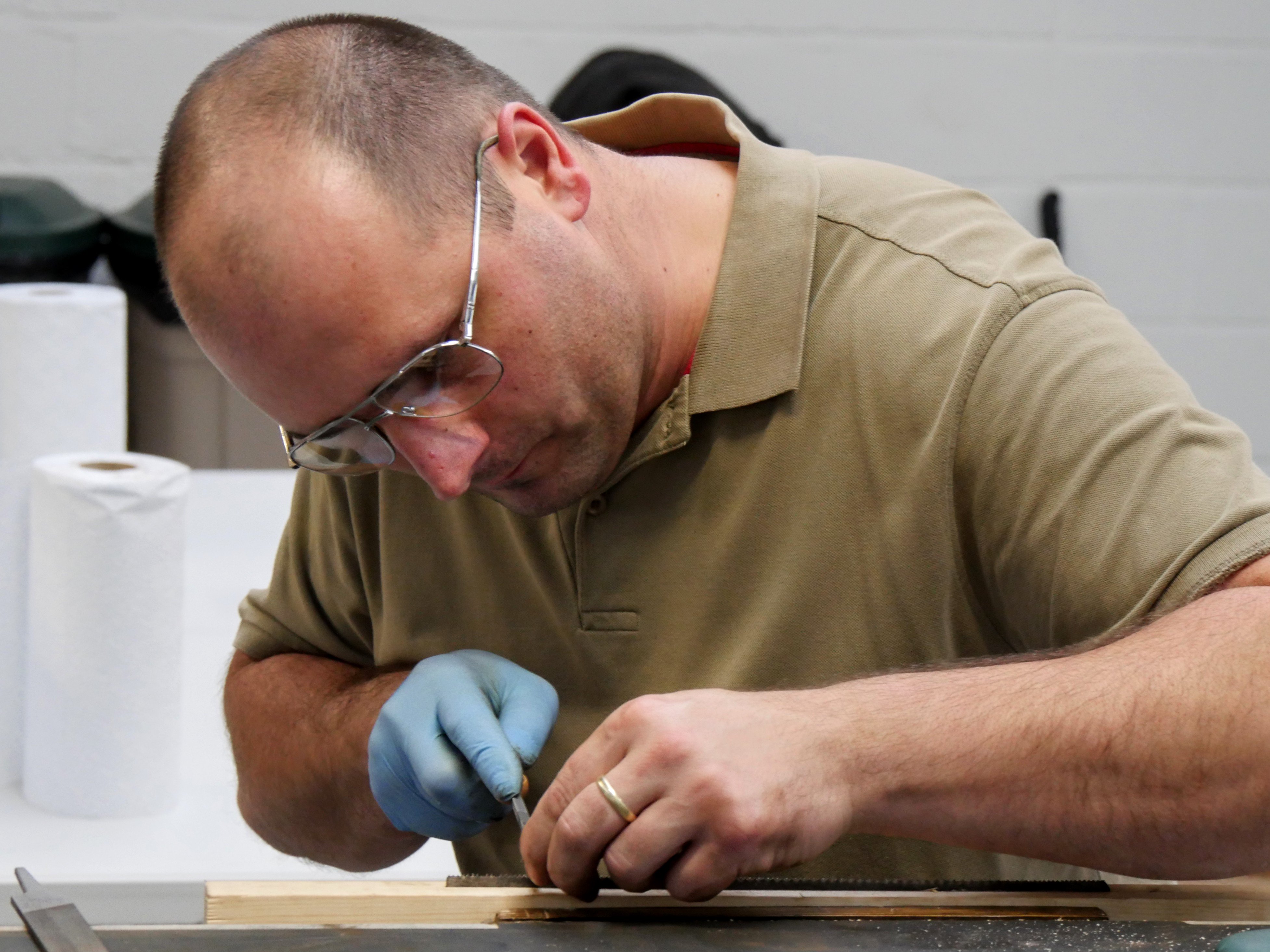
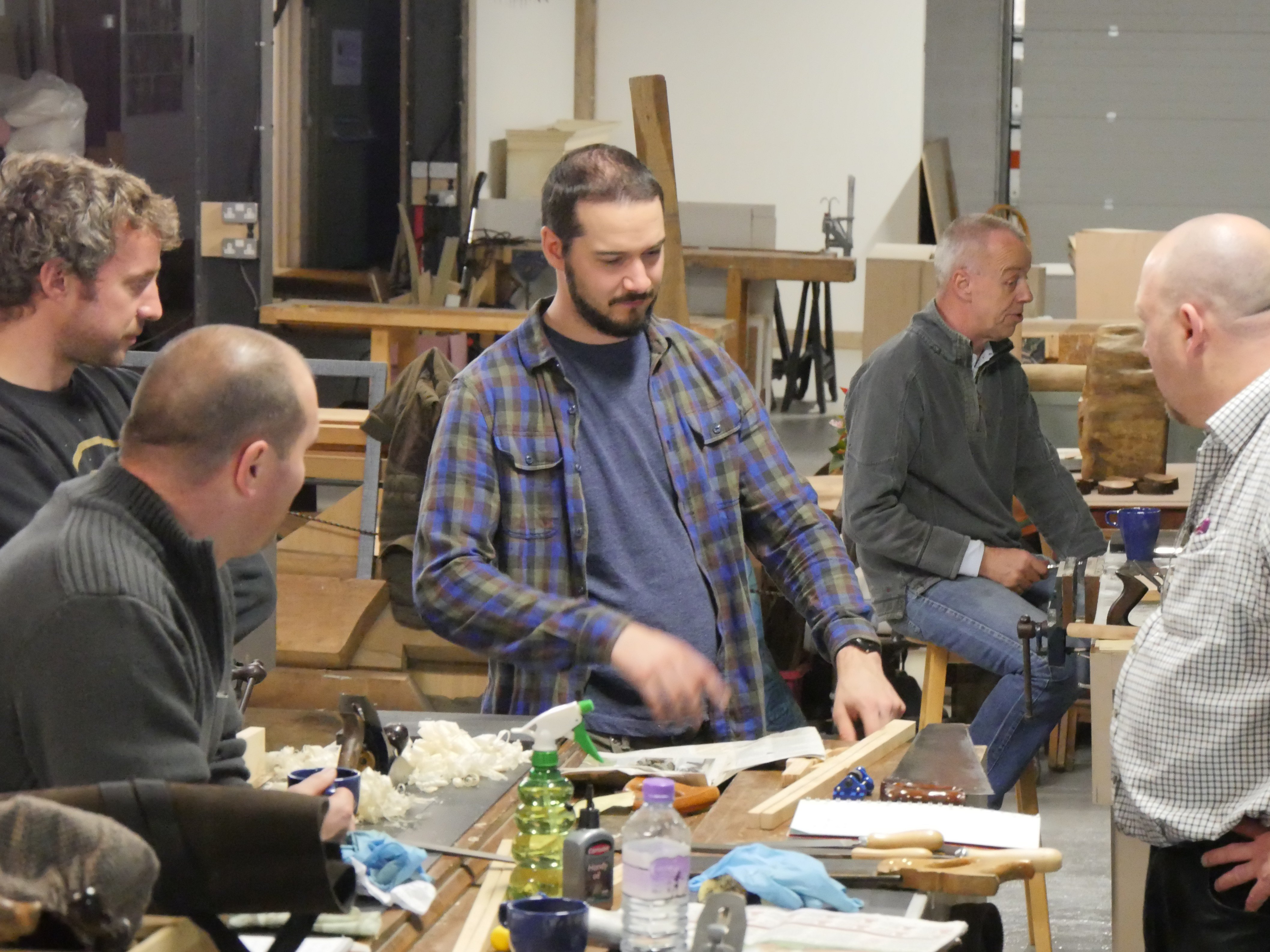
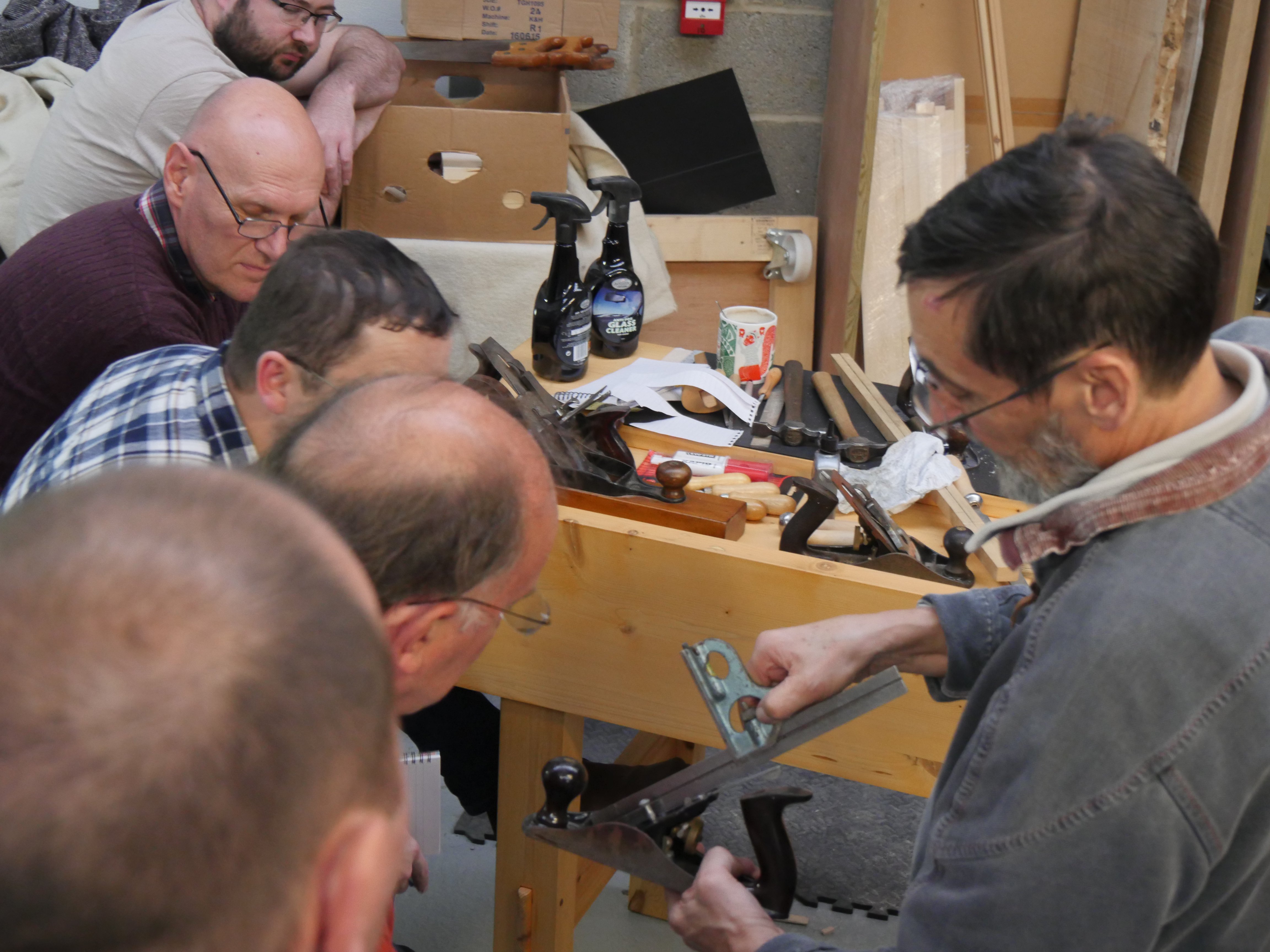
Hi Paul
Did you do these courses when you were in North Wales, you seem to be doing more shorter courses now you’re the same country (yet much further away) as me
Hello Eddy, We are still in fleximode in mapping out our future workshops and we have been testing out the reaction to make sure everything works. I think that we will be offering both short workshops like this and then longer classes too. The issue all the more is my ever-busy schedule.
If you have any rusty, blunt and unused saws or planes lying around, this course is absolutely fantastic for learning how to breathe new life into them, while under expert supervision. And loads of fun too.
Signed,
One Satisfied Customer.
Hi, thank you Paul for applying your experience to my questions and tools of which I have a great feeling for the difference between a good saw and a bad saw now. Wonderful to meet you and I wish many more the chance to learn directly from you as the courses allow.
I still have to tweak my saws but they perform so much better than before. I’m hoping you will arrange some more one or two day specialist or advanced courses to build on what people like me already know but can’t add to whether not affording or finding time to stay for the week,
Another satisfied customer.
Robin
You “oil” your saws with an oily rag stuffed in a bean can. I’ve always been taught that oily rags pressed together present a fire hazard via spontaneous combustion. So please help me understand why your shop has never burned??
Thanks
It’s only of a concern when in reference to “drying” oils. 3 in one oil or machining doesn’t “dry” (cure). When a “drying” oil (tung,linseed, etc. ) cures, it produces heat that can cause combustion.
Yes I agree and also any equipment would have burned long ago if this wasn’t so.
The back of a saw tooth is the sloped part? What’s being measured in the pic with Paul holding the square rule on top of the plane frog?
The straight edge of the combination square was being used to demonstrate the line of the face of the frog being in perfect line with the back of the mouth (the best place for it to be 99.9% of the time). Then the plane iron is fully supported.
By in line do you mean parallel with the back of the mouth? Did Paul give a suggestion about how far back the front edge of the frog should be from the back of the mouth? My front edge of my frog is 1/8″ from the back edge of the mouths on all my planes.
Can you explain about what content is needed for the products you use on your water stones, so woodworkers who reside in other countries like me can find a similar product. Is it only the rust preventing , or is there another reason? Thanks, martin.
This is a very basic question that arises from still photos and camera angles. The saw is clamped and ready for filing .The teeth are horizontal .
Now we come to the file. Should the file always be used in a horizontal plane ? I think it should (now ) but some gremlin in the past had me tilting the file . Since you have not told us to tilt I must have been doing it wrong. So basic nobody ever mentioned this .
The saw file is always presented 90-degrees to the saw plate and never angled upwards or downwards.